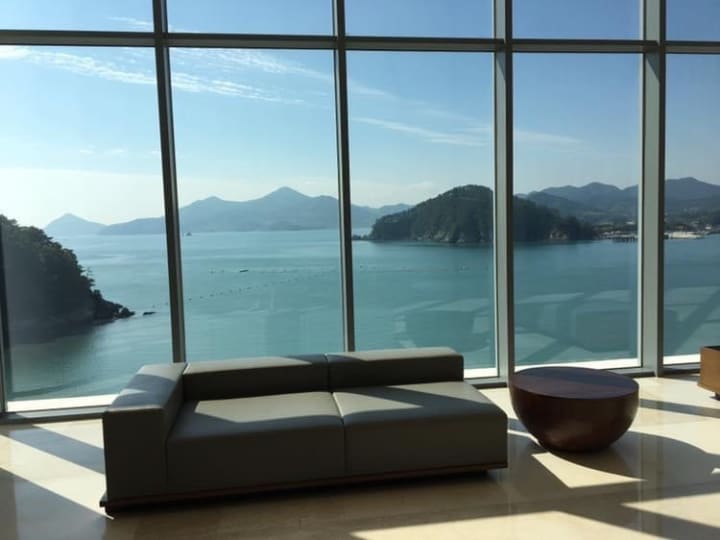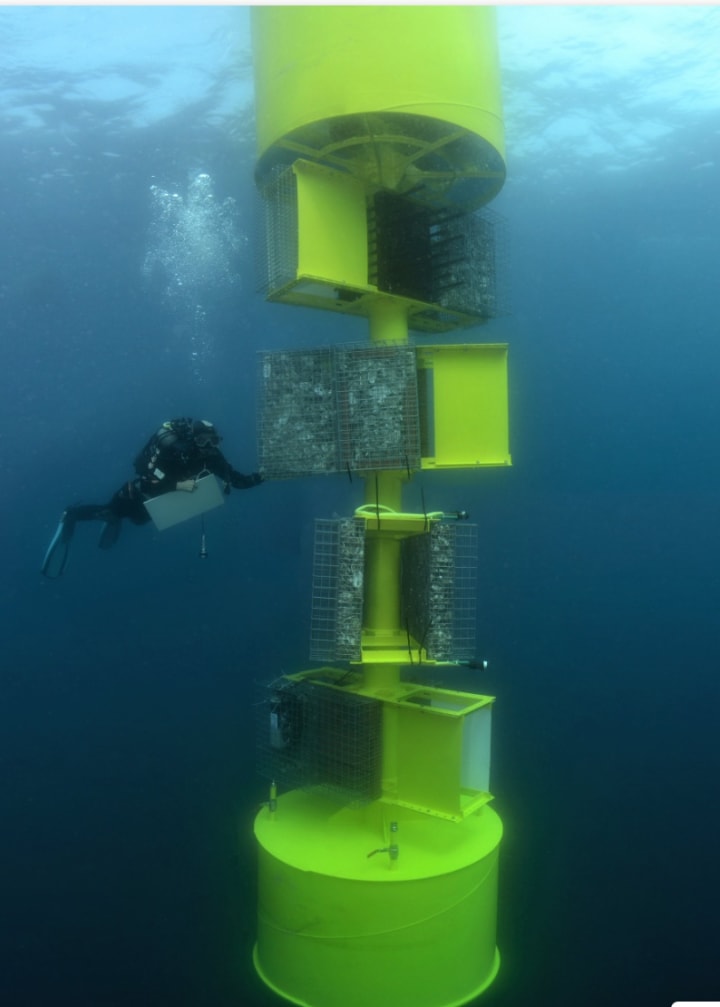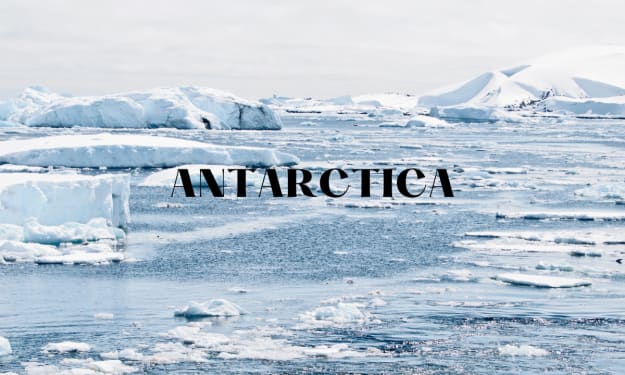Standardisation of the Offshore Wind Permitting Process is Critical
Offshore Wind

Why Standardisation of the Offshore Wind Permitting Process is Critical for Meeting Aggressive Renewable Goals
Introduction
Renewable energy sources have grabbed front stage as the world races to address climate change and transition to a more sustainable future. Among these options, offshore wind generation has emerged as a possible way to meet stringent renewable energy targets.
One important barrier to realising the potential of offshore wind energy is the complex and time-consuming regulatory process.
In this post, we will look at why standardising the offshore wind permission process is critical for expediting the deployment of this clean energy technology and meeting our aggressive renewable energy targets.
1. Streamlining Approvals for Faster Deployment
Offshore wind projects necessitate many permissions and approvals from various governmental authorities, each with its own set of regulations and procedures. This fragmented approach to permission causes unnecessary delays, extending project deadlines and impeding the growth of the offshore wind sector. We may create a common set of principles that apply consistently across jurisdictions by standardising the permitting procedure.
This simplification will drastically cut project development time, allowing for faster deployment of offshore wind farms and facilitating the larger-scale switch to renewable energy.
2. Enhancing Investor Confidence and Reducing Financial Risks
Because of the high costs associated with project development and infrastructure, the offshore wind sector necessitates significant expenditures. The lengthy and uncertain permitting process, on the other hand, frequently inhibits potential investors from committing to these projects. Standardisation boosts investor confidence by offering a defined framework and predictable deadlines for approvals.
Standardisation reduces financial risks and stimulates private participation, resulting in increased project finance and faster growth of the offshore wind industry.

3. Promoting Collaboration and Knowledge Sharing
Standardisation brings stakeholders together, encouraging collaboration and the sharing of knowledge. Developers, regulators, and environmental organisations can collaborate to establish best practises and guidelines with a standardised permitting process. This collaboration serves to harness pooled expertise and experience to continuously improve the permitting process.
Standardisation facilitates better decision-making, improved environmental protection measures, and optimised offshore wind farm designs by facilitating information interchange and collaboration.
4. Conserving Environmental Resources
Environmental concerns must be addressed in the development of offshore wind farms. The standardisation of the permitting procedure ensures that thorough environmental impact assessments (EIAs) are carried out consistently. We can improve environmental protection measures and reduce the possible harmful effects on marine ecosystems by creating standard criteria for ecological investigations and impact mitigation strategies.
Standardisation enables regulators to make educated and smart judgements based on thorough and standardised EIAs, balancing renewable energy development with environmental protection.

5. Driving Cost Reductions and Technology Innovation
Standardising the permitting procedure provides a secure framework for the offshore wind industry, encouraging innovation and bringing down costs. A uniform set of criteria allows technology developers and suppliers to coordinate their efforts, resulting in the use of standardised components and efficient manufacturing processes. This project-to-project coordination reduces costs through economies of scale, making offshore wind energy more cost-competitive with conventional energy sources.
Standardisation encourages the development of new technologies, which improves efficiency and lowers costs in the long term.
Conclusion
To meet aggressive renewable energy targets, the offshore wind permission procedure must be standardised. Standardisation speeds the development of offshore wind farms by expediting clearances, increasing investor trust, encouraging collaboration, conserving environmental resources, and driving cost savings. A uniform and reliable permitting structure allows the offshore wind industry to grow quickly and significantly contribute to the global transition to a more sustainable future. We can exploit the immense potential of offshore wind power with united efforts and a standardised strategy, paving the path for a greener and cleaner future.
About ER-Marine
ER-Marine, an independent company and pioneer in offshore wind South Korea is committed to maximising the potential of floating offshore wind. The organization is making admirable efforts by offering a variety of solutions and services for the Korean offshore wind industry. The complex offshore wind permitting process in Korea is one of the key areas where we are actively involved through green policy dialogue and our offshore expertise. ER-Marine is confident that standardizing the offshore wind permitting process is crucial to develop the agressive renewable targets announced worldwide. High hopes are set on the EU Korean Green Partnership as a good starting point to develop the offshore wind permitting process in Korea and in return, the lessons-learned from Korea could be used to dramatically reduce the offshore wind permitting processes in the EU by standardizing these procedures.
About the Creator
Erik Roelans
I am founder and CEO of ER-MARINE and write about the green energy transition, renewable energy challenges, climate change, offshore wind permitting, policy dialogue, marine biodiversity, renewables and floating offshore wind development.






Comments
There are no comments for this story
Be the first to respond and start the conversation.